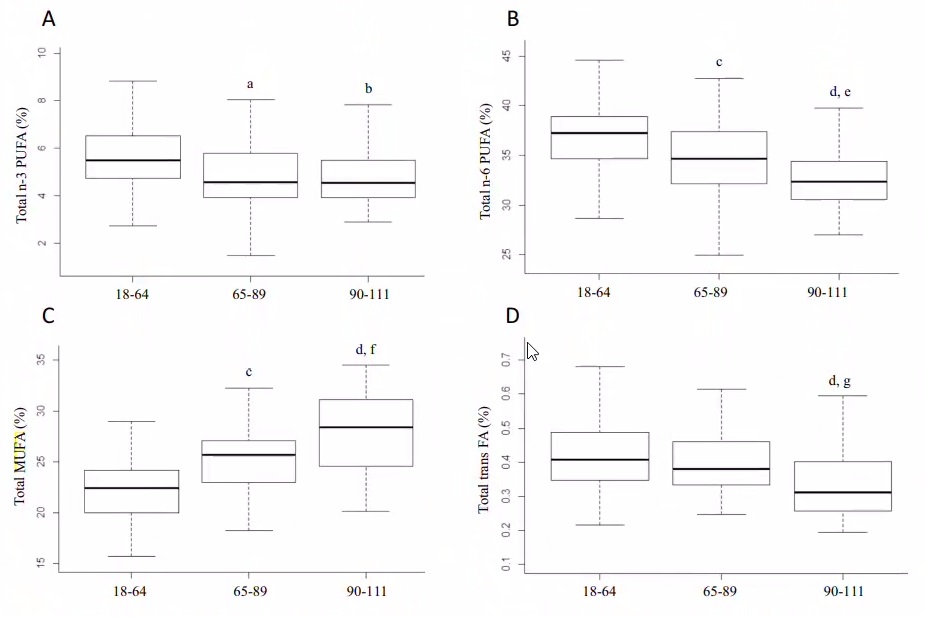
This one found that Sicilian long-lived individuals have changes in circulatory fatty acids status with advancing age, characterized by a reduction in blood levels of total PUFA and trans FA with age, whereas total SFA remained unchanged throughout life. 

- This fatty acid profle characterized by high MUFA content may indicate reduced peroxidation while maintaining membrane fluidity.
- "We suppose that the high consumption of the extra virgin olive oil (EVOO) may have infuenced this datum"
Age-associated changes in circulatory fatty acids: new insights on adults and long-lived individuals
doi.org/10.1007/s11357…
#nutrition #diet #aging #longevity
doi.org/10.1007/s11357…
#nutrition #diet #aging #longevity
• • •
Missing some Tweet in this thread? You can try to
force a refresh










